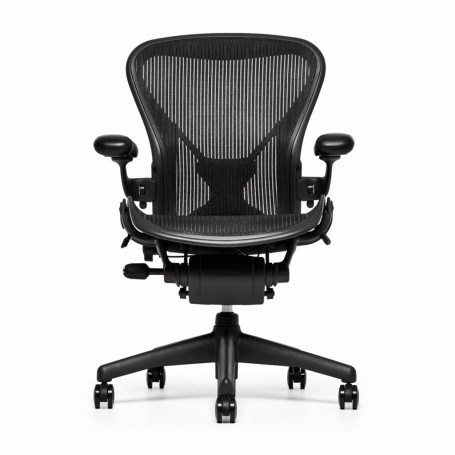The importance of ergonomic office chairs cannot be overstated in the modern workplace, where long hours at a desk are the norm. These chairs are more than just comfortable seating; they are designed with a deep understanding of human anatomy and physiology. This article delves into the science behind ergonomic office chairs, like the sihoo a3 doro300, exploring how their thoughtful design promotes comfort, productivity, health, and overall well-being.
Understanding Ergonomics: More than Just Comfort
Ergonomics is the science of designing products and environments to match the capabilities and limitations of the human body. When it comes to office chairs, the principles of ergonomics go beyond mere comfort. They encompass factors like posture, support, adjustability, and movement—all of which contribute to the well-being of individuals who spend a significant portion of their day sitting at a desk.
Promoting Natural Alignment
Ergonomic office chairs are crafted to support the body’s natural alignment. This means that the chair’s design encourages proper posture by keeping the spine, neck, and limbs in optimal positions. The adjustable features of these chairs, including lumbar support, headrests, and armrests, allow users to customise the chair to fit their unique body contours. By maintaining the spine’s natural curvature, ergonomic chairs help prevent the development of poor posture habits that can lead to discomfort and long-term issues.
Reducing Strain and Discomfort
Prolonged sitting can lead to discomfort, fatigue, and even musculoskeletal issues. Ergonomic chairs counteract these concerns by distributing body weight evenly and providing adequate cushioning. Hence, these chairs’ backrests and seat curvature are designed to minimise pressure on the spine and hips, reducing the risk of strain and discomfort. By alleviating the pressure on key areas of the body, ergonomic chairs promote a more comfortable and pain-free sitting experience.
Encouraging Movement and Flexibility
One of the innovative features of ergonomic chairs is their ability to encourage movement while seated. Many models feature a swivel base and wheels that allow users to rotate and move effortlessly. Additionally, some chairs have a recline function that supports dynamic sitting, enabling users to shift their posture and relieve stress on specific muscles. This subtle movement prevents stiffness and enhances blood circulation, keeping muscles engaged and reducing the risk of tension-related discomfort.
Adjustability for Personal Comfort
No two bodies are exactly alike, so adjustability is a hallmark of ergonomic office chairs. Users can fine-tune the chair’s height, armrest height, and lumbar support to create a seating arrangement that suits their individual needs. This adaptability ensures that the chair supports the body’s natural contours, reducing the risk of strain and discomfort. By allowing individuals to customise their chair’s settings, ergonomic chairs provide a tailored solution that caters to diverse body types and preferences.
Boosting Focus and Productivity
The connection between physical comfort and mental well-being is well-documented. Ergonomic office chairs contribute to improved focus and productivity by allowing users to concentrate on their tasks without the distraction of discomfort. When comfortable and well-supported, individuals can dedicate their energy to their work instead of battling discomfort. This focus-enhancing effect creates a more conducive work environment, fostering both efficiency and job satisfaction.
Investing in Long-Term Health
Ergonomic office chairs are more than a trendy addition to the workplace—they are an investment in long-term health. By prioritising proper posture and providing support, these chairs contribute to the prevention of health issues such as back pain, neck strain, and poor circulation. This investment in employee well-being ultimately leads to fewer sick days, improved morale, and a more efficient work environment. Furthermore, the positive impact of ergonomic chairs extends beyond the workplace, promoting healthier sitting habits even outside of office hours.
Conclusion
Ergonomic office chairs, like the Sihoo A3 Doro300, are a testament to the marriage of science and design. Their thoughtful construction is a response to the physical demands of modern work life, aiming to create a harmonious balance between comfort, health, and productivity. By sitting well in ergonomic chairs, individuals can experience the transformational impact of enhanced posture, reduced discomfort, and increased focus—a testament to the power of combining scientific understanding with innovative design. As businesses prioritise the well-being of their employees, ergonomic office chairs emerge as a crucial tool in creating a more comfortable and conducive work environment.

